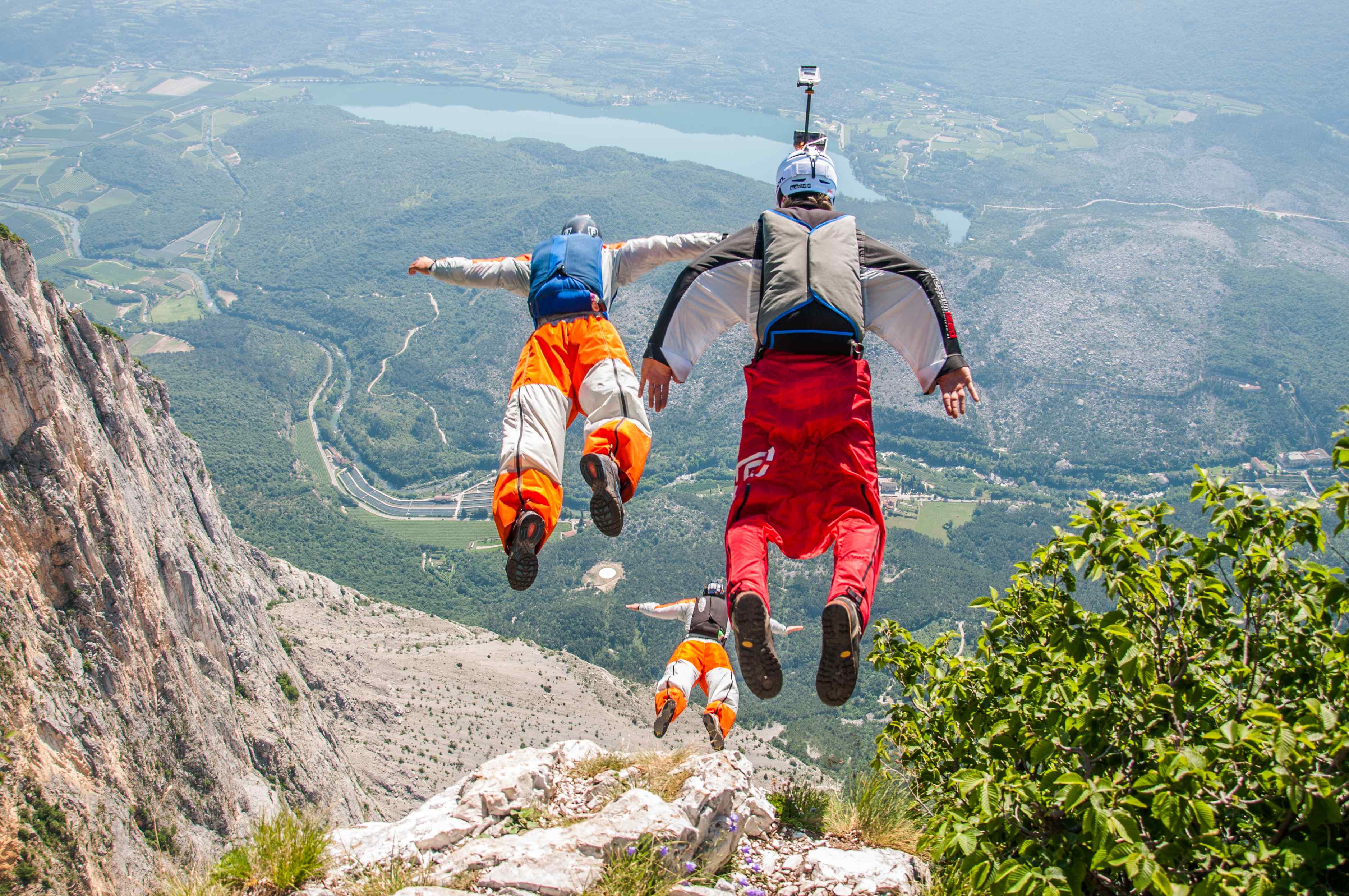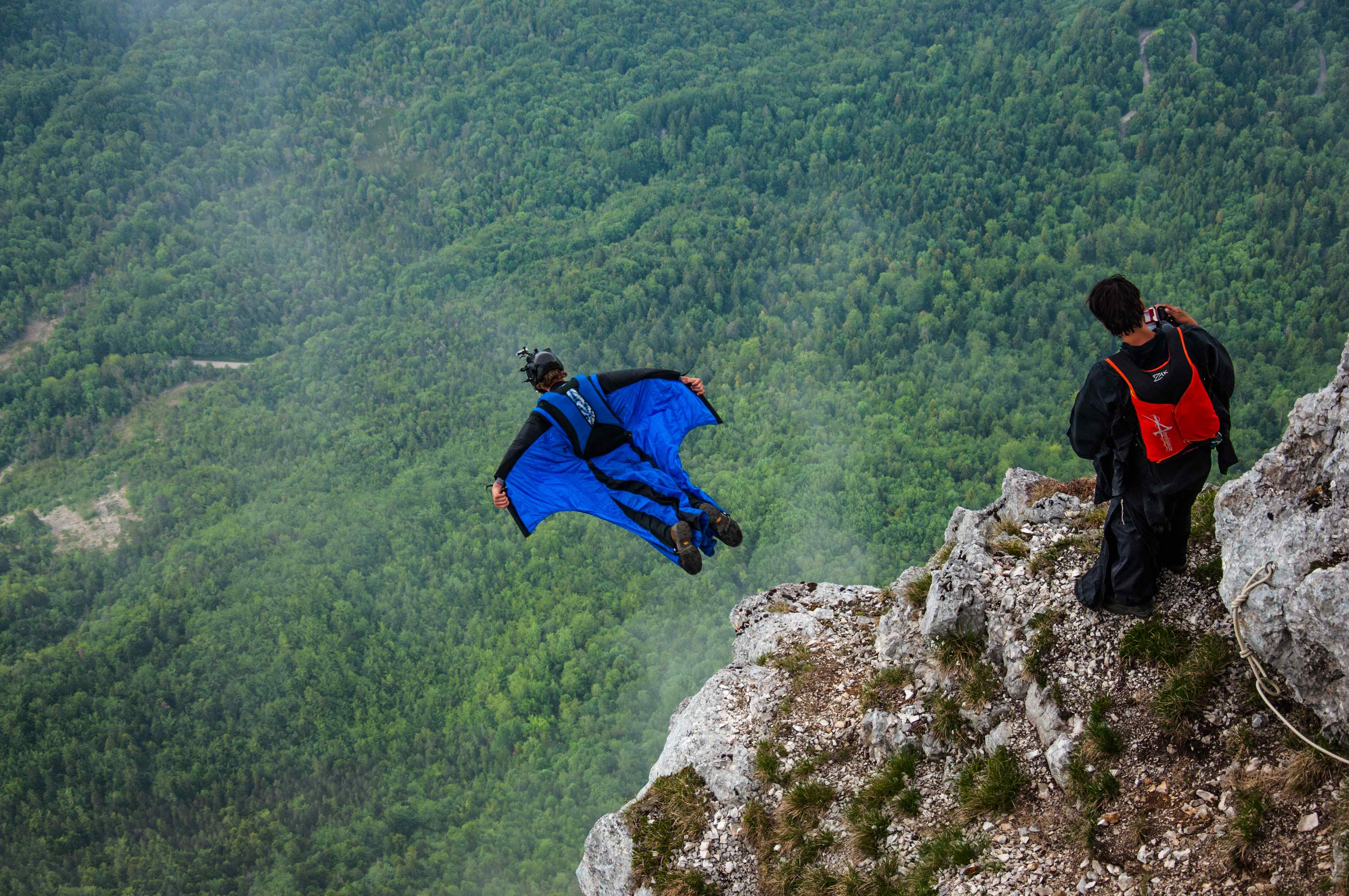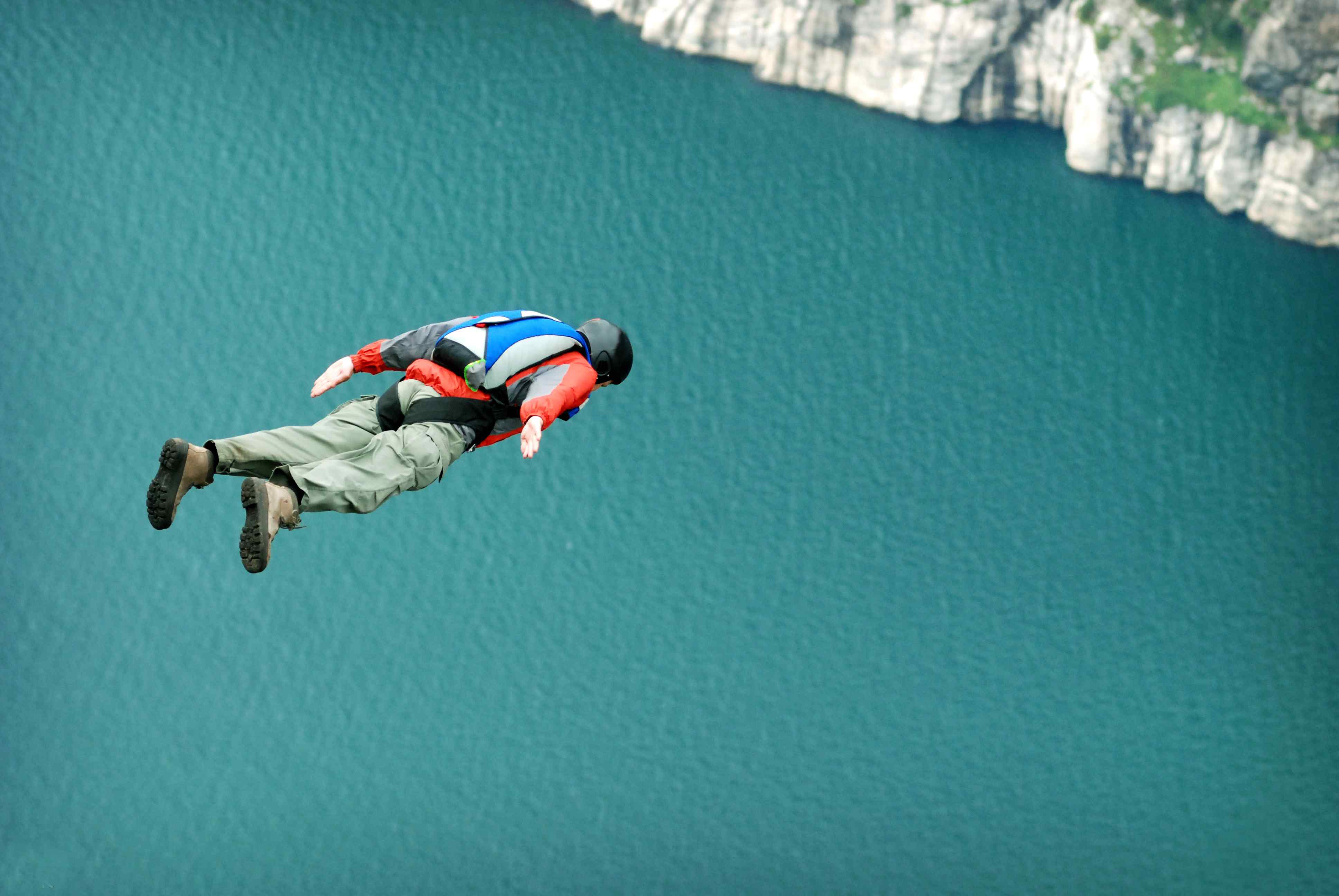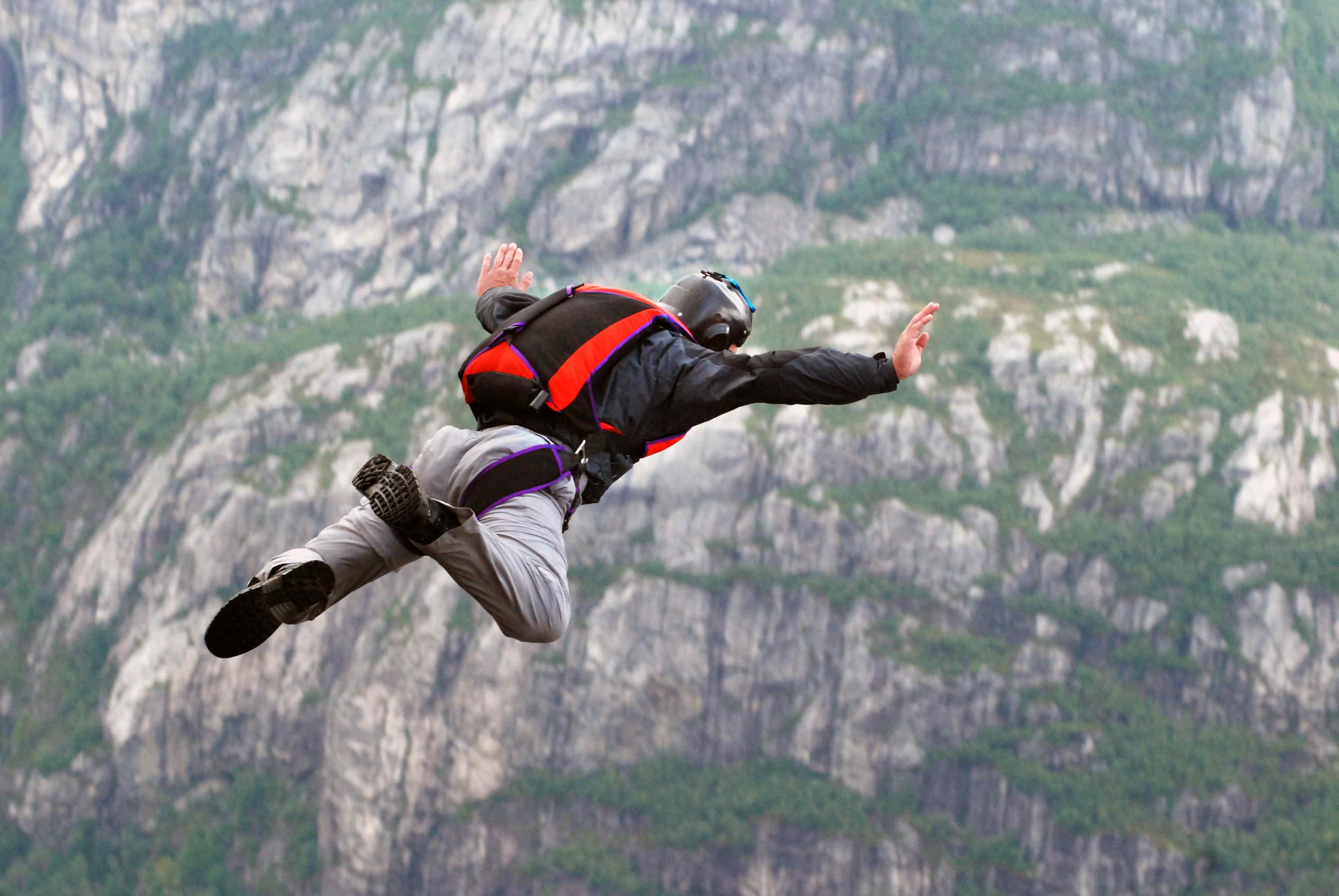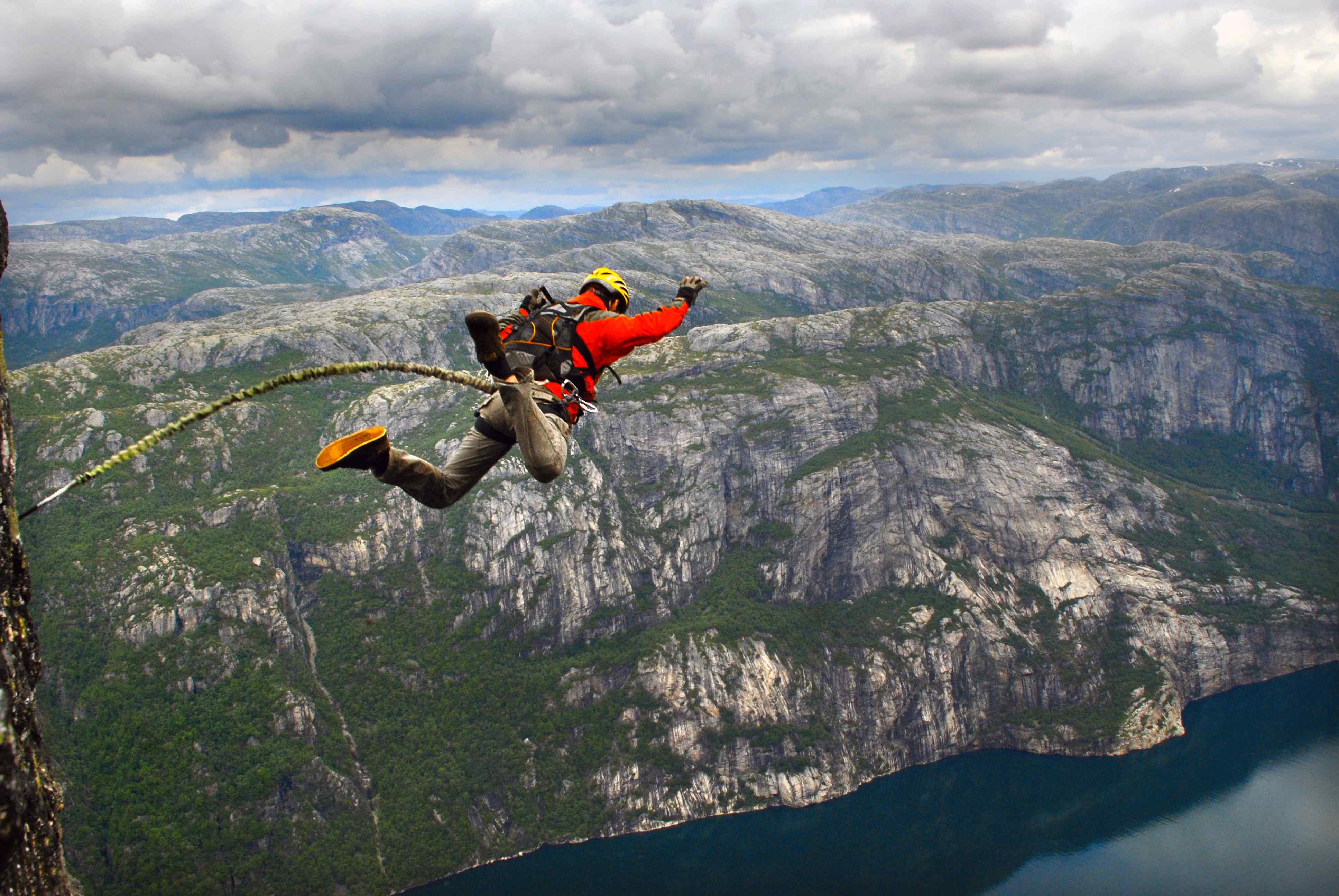BASE jumping is considered an extreme sport for a reason. It involves jumping from high places with a parachute, and the risk of severe injury or death is high.
In fact, BASE jumping is so dangerous that it's been called "the most dangerous sport in the world."
Despite the risks, however, many people are drawn to base jumping because of the thrill it provides.
The feeling of leaping from a high place and then floating down to earth is hard to resist for some.
More and more people take up the challenge each year. So why do people do it? Is it really worth the risk?
Let's take a look at the dangers of BASE jumping and see if it's really not for the faint-hearted!
Why are Some People Drawn to BASE Jumping?
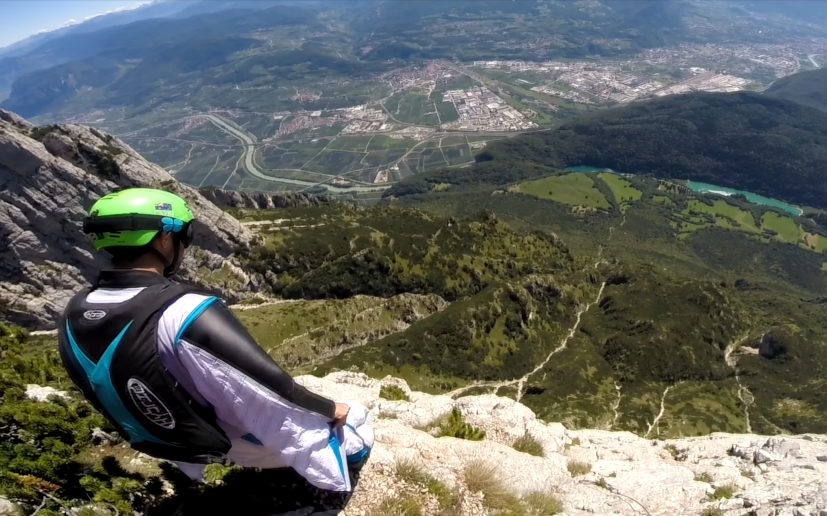
There are many reasons why people might be drawn to BASE jumping. Some may find the thrill and excitement of the experience irresistible, while others may enjoy the challenge of mastering a dangerous activity.
For some, the danger is part of the appeal. They enjoy the adrenaline rush that comes with taking risks. They see BASE jumping as a way to experience life to the fullest and feel more alive.
Others also see BASE jumping as a challenge to be overcome, like climbing Mount Everest or running a marathon.
Some thrill-seekers also enjoy pushing their boundaries and testing their limits. Whatever the reason, it's clear that there is an appeal to BASE jumping that is hard to resist.
What are the Risks of BASE Jumping?
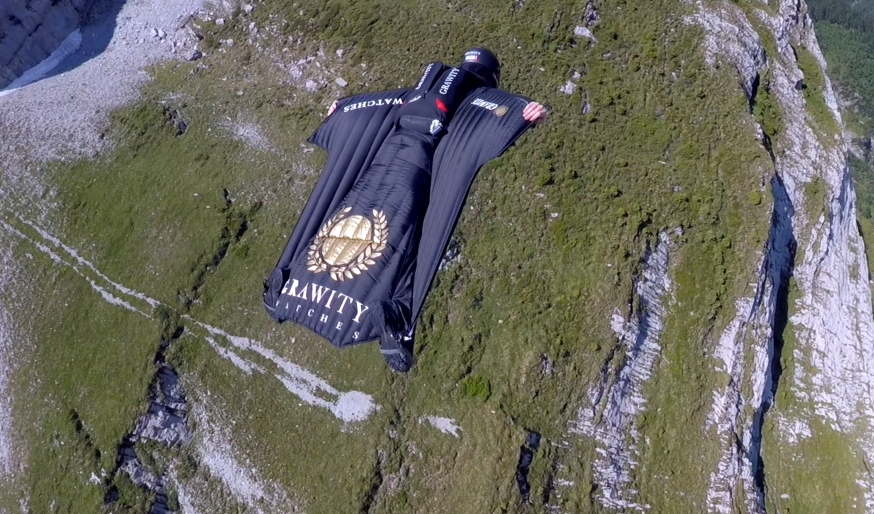
BASE jumping is an extreme sport, not just because it involves freefalling from high places but also due to its inherent dangers. The risk of injury (or worse) is genuine and varied. Here are just a few:
- Falling from a high place can result in serious injury or death.
- Not having the right equipment can lead to disaster.
- Poor weather conditions can make landing safely impossible.
- Jumping from incorrect locations can also lead to disaster.
- There's always a chance of hitting something on the way down and getting hurt or killed.
But despite all of these risks, BASE jumping continues to grow in popularity.
How Many People Die from BASE Jumping Each Year?
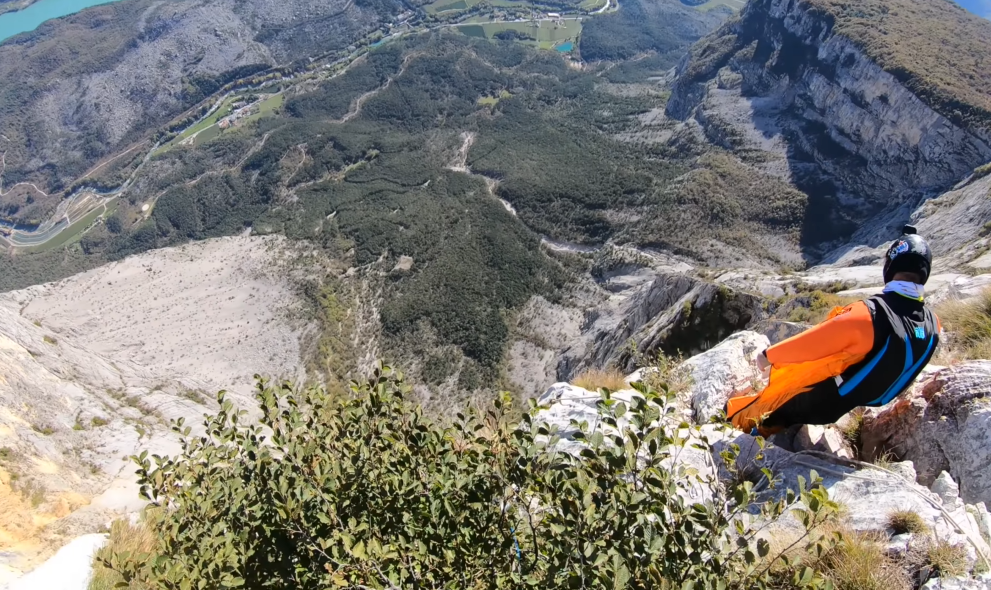
It's difficult to obtain precise data on BASE jumpers since there is no registry or licensing. Still, the increase in popularity of wingsuit tracking has dramatically increased the number of fatalities in the sport.
It would be a lot safer if you took proximity flying wingsuit strikes out of the death statistics.
According to the study[1] based on the 20,850 BASE jumps from Kjerag Massif in Norway.
"BASE jumping appears to hold a five- to eightfold increased risk of injury or death compared with that of skydiving. The number of accidents and helicopter activation increases with the annual number of jumps. Further analysis into the injury severity spectrum and associated hospital burden is required."
Here are other facts about BASE jumping fatalities:
- The chance of dying during any BASE jumping excursion is 1 in 2,317.
- As of February 2015, there have been 250 confirmed fatalities directly linked to BASE jumping.
- 40 people have been killed because of an off-heading opening.
- Since 1981, at least seven BASE jumpers have died because of windy weather conditions.
- The most frequent cause of BASE jumping fatalities is equipment failure.
- The deadliest year for BASE jumping fatalities was 2014 when 25 people were killed.
- Between 2010-2014, nearly 50% of the total fatal incidents in the last 30 years have been registered.
- The United States has the highest death toll globally, with 60 deaths. Switzerland is second, with 55 fatalities recorded.
- Americans are also more killed than any other nationality. Since 1981, 68 Americans have died while playing this sport.
- Of the 250 total fatalities, 230 were male.
- BASE jumping appears to be considerably more dangerous than skydiving.
- Minor head concussion, a bruised knee, and ankle sprains/fractures were the most common nonfatal injuries.
- 38% of the fatalities are caused by people pulling the cord too far or not at all.
- From 1930 to 1961, 71 out of 75 individuals attempting to develop a wingsuit died.
- About 72% of BASE jumpers have witnessed a fellow jumper's death or significant harm.
- One in three BASE jumpers reports having had at least one "near miss" episode.
How to Stay Safe When BASE Jumping?
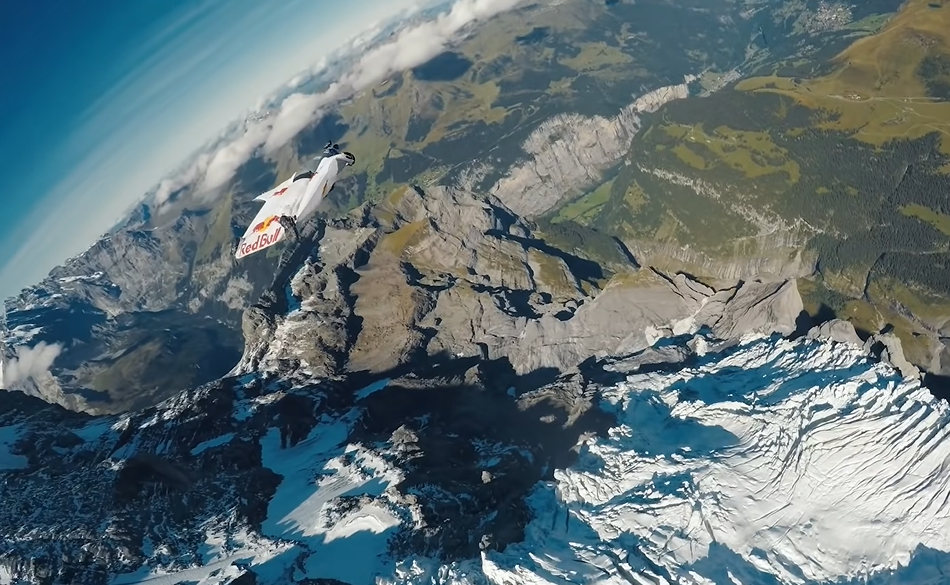
One of the most significant rules when BASE jumping is to try and make sure that you don't jump on a windy day. The winds can quickly push against your parachute, making it hard for you to control where you're going after leaving the edge.
If possible, always use a static line that stretches across from one side of an object to the other when BASE jumping.
Even better, use a static line that is attached directly to your parachute, so you never have to worry about it not opening up right away or being too far away from you.
Wear a helmet whenever possible since there's always a chance that something could go wrong while in midair.
Never jump from too high of a height or into an area that is not adequately lit. This can make it harder for you to see any obstacles in your way when you're trying to land safely on the ground again.
Where are the Most Dangerous BASE Jumping Locations in the World?
Regardless of where they must go or what they must do to get there, true BASE jumpers try to locate the most dangerous locations from which to set their new records.
Here are three of the most dangerous BASE jumping locations in the world:
Meru Peak in the Himalayan Mountains

This is a drop of over 21,000 feet from Peak to bottom. Only one jump has been completed, and it was in 2006.
Graham Singleman and his wife, Heather Swan, spent 22 days climbing up to the top of the Peak before jumping off the edge and entering into history two minutes later when they safely touched the bottom.
Angel Falls in Venezuela
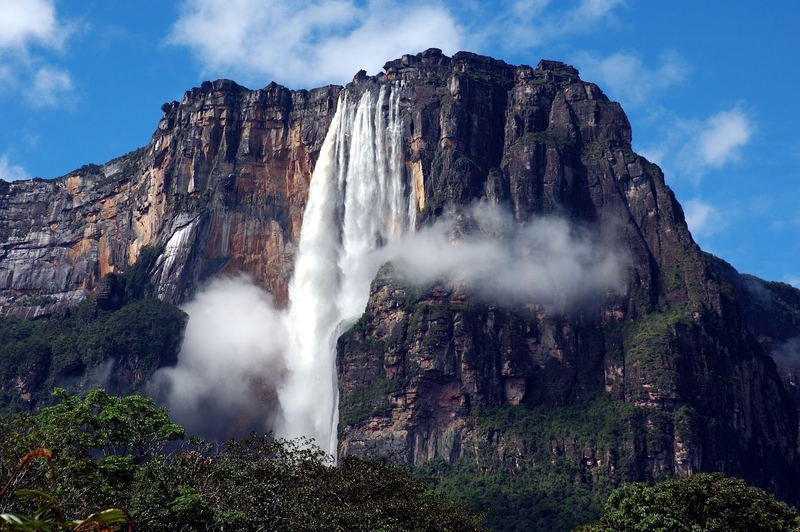
Angel Falls in Venezuela is a popular destination for thrill-seekers who want to leap from towering cliffs into a rushing waterfall. Angel Falls, which reaches a height of 3,000 feet from base to top, is the world's highest waterfall.
And unlike Dubai, BASE jumpers are welcomed here.
Christ the Redeemer Statue in Brazil

With the statue being 95 feet high, BASE jumper Fearless Felix Baumgartner made a historic jump from it in 1999.
This is perhaps the most extreme place to leap off, and you mustn't make any mistakes. If your parachute does not open quickly, it might not open at all.
Disclaimer
If you are not a professional, you should absolutely not attempt any of these BASE jumps. Make sure that you understand all of the risks and procedures before attempting any BASE jump, and make sure to consult with professionals.
Conclusion
Is BASE jumping worth the risk? For some people, the answer is an unequivocal "yes." They thrive on the adrenaline rush and excitement that comes with leaping from high places with only a parachute to save them if things go wrong.
For others, though, the risks are simply too great. A single mistake can result in death or serious injury, and BASE jumping is not a sport that you can easily walk away from.
Before attempting to BASE jump, please make sure you understand the dangers and take all necessary precautions to ensure your safety.
Remember: it is always better to be safe than sorry!

